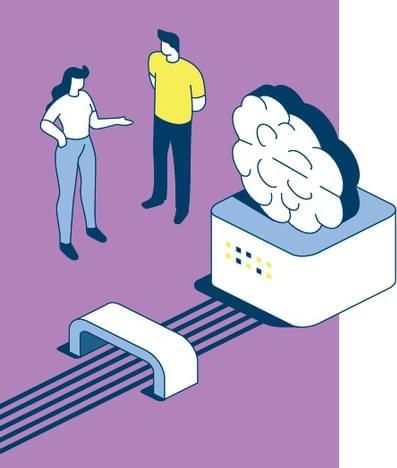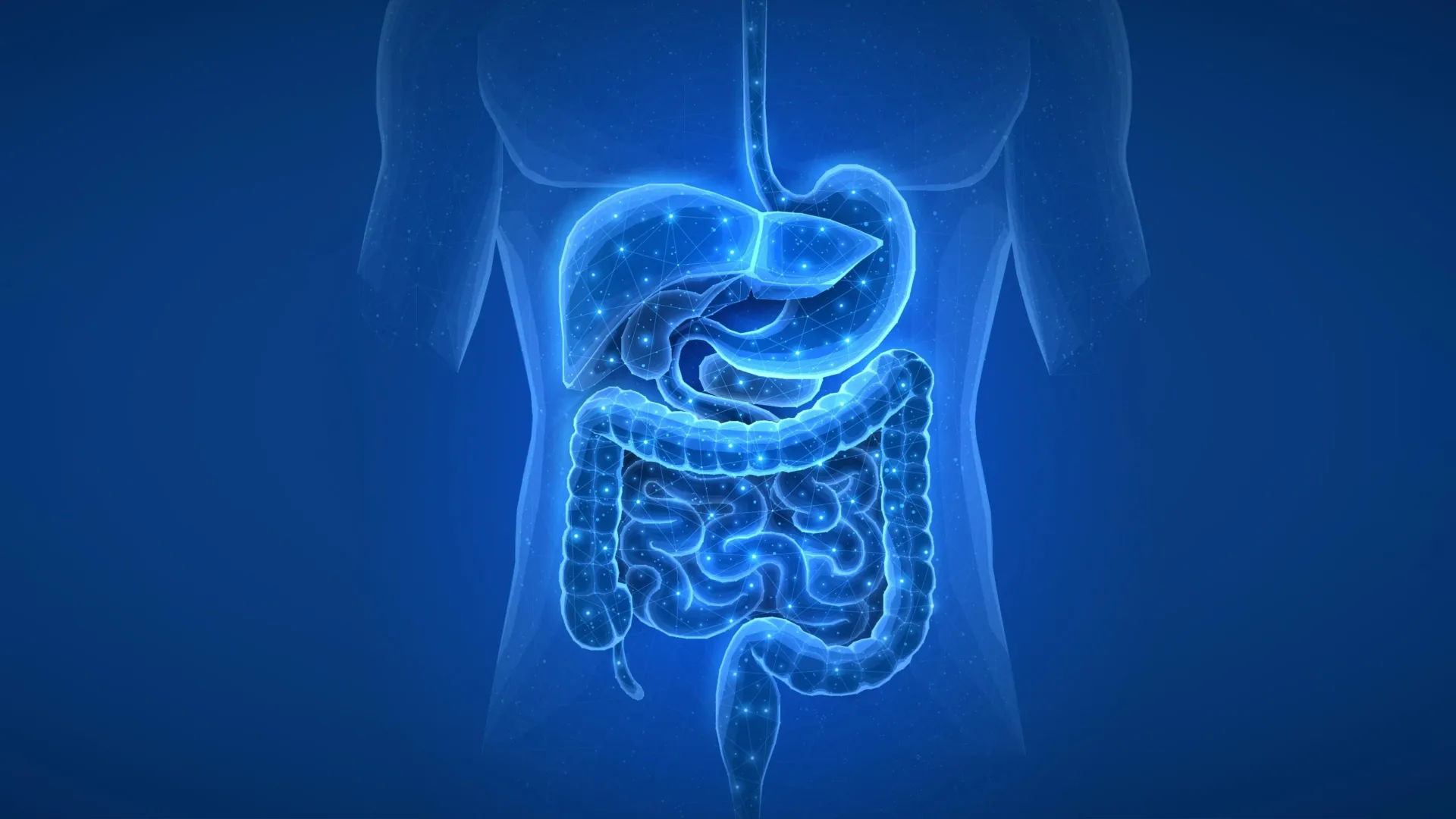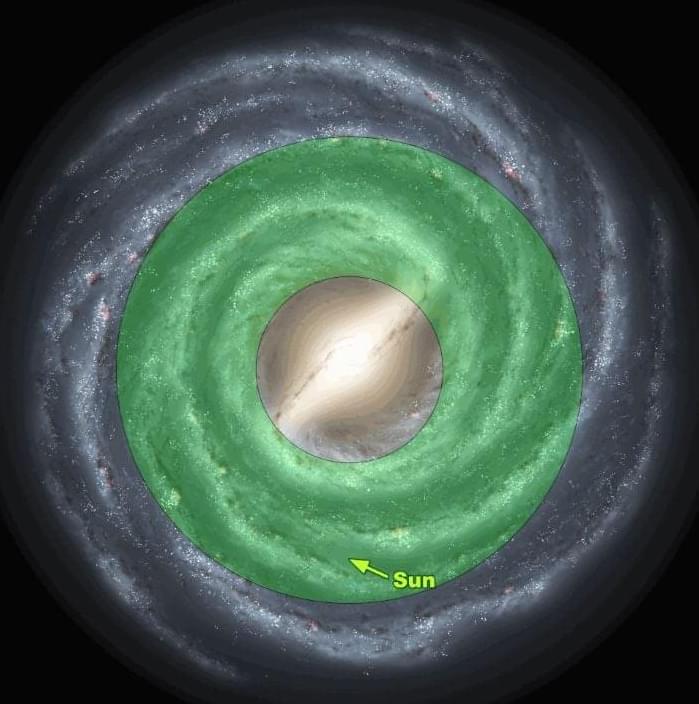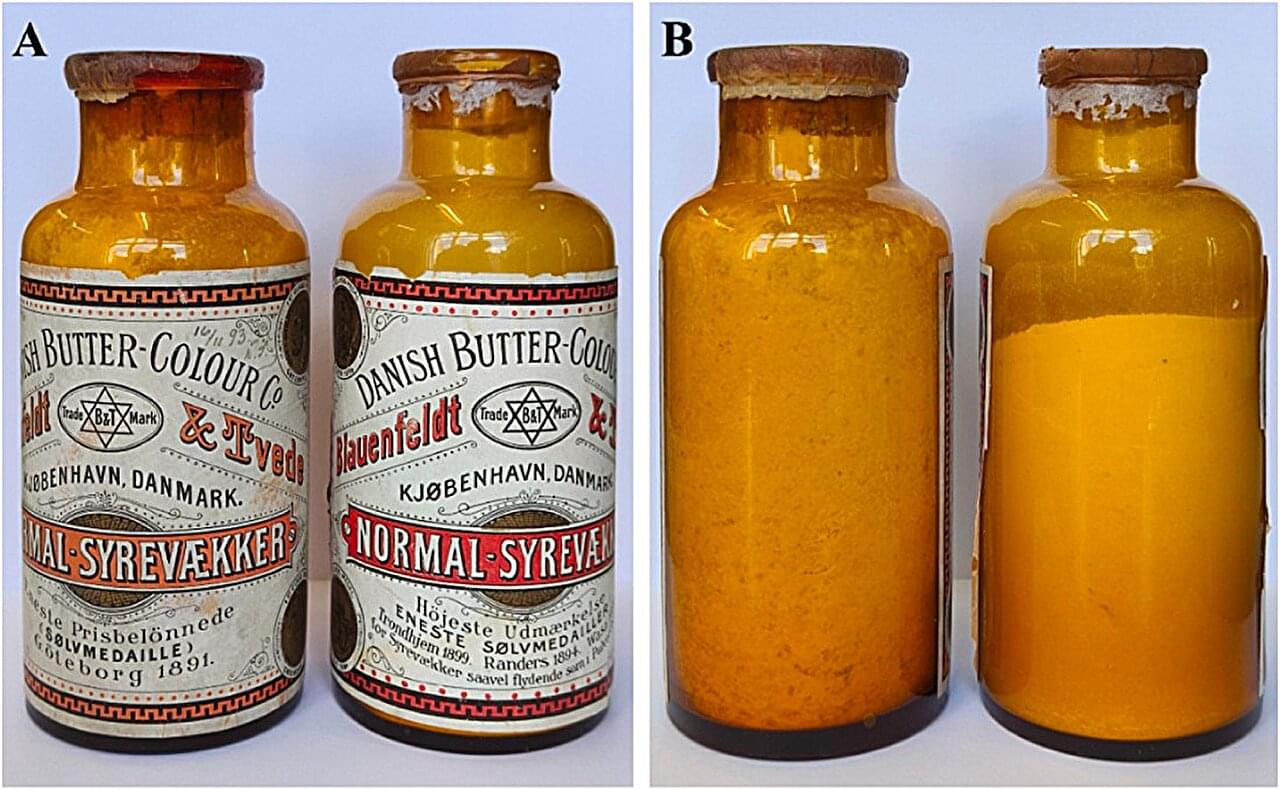Climate change, changing migration patterns, and our agriculture system have created a perfect environment for fungal pathogens to thrive.



Europe now has an exascale supercomputer which runs entirely on renewable energy. Of particular interest: one of the 30 inaugural projects for the machine focuses on realistic simulations of biological neurons (see https://www.fz-juelich.de/en/news/effzett/2024/brain-research)
[ https://www.nature.com/articles/d41586-025-02981-1](https://www.nature.com/articles/d41586-025-02981-1)
Large language models (LLMs) work with artificial neural networks inspired by the way the brain works. Dr. Thorsten Hater (JSC) is focused on the nature-inspired models of LLMs: neurons that communicate with each other in the human brain. He wants to use the exascale computer JUPITER to perform even more realistic simulations of the behaviour of individual neurons.
Many models treat a neuron merely as a point that is connected to other points. The spikes, or electrical signals, travel along these connections. “Of course, this is overly simplified,” says Hater. “In our model, the neurons have a spatial extension, as they do in reality. This allows us to describe many processes in detail on the molecular level. We can calculate the electric field across the entire cell. And we can thus show how signal transmission varies right down to the individual neuron. This gives us a much more realistic picture of these processes.”
For the simulations, Hater uses a program called Arbor. This allows more than two million individual cells to be interconnected computationally. Such models of natural neural networks are useful, for example, in the development of drugs to combat neurodegenerative diseases like Alzheimer’s. The physicist and software developer would like to simulate and study the changes that take place in the neurons in the brain on the exascale computer.

Scientists in Canada have uncovered a surprising culprit behind high blood sugar and liver problems: a hidden fuel made by gut bacteria. This little-known molecule, called D-lactate, slips into the bloodstream and pushes the liver to make too much sugar and fat. By creating a simple “trap” that blocks the molecule in the gut, researchers saw big improvements in blood sugar, insulin resistance, and liver health in obese mice—without changing diet or weight. The discovery opens up a fresh way to fight diabetes and fatty liver disease by targeting the gut’s secret fuel before it can do harm.
An interesting & apposite article on a vital aspect of the Space-Race not normally covered.
Nearly 15,000 satellites in 432 constellations are driving today’s $570 billion dollar space economy. Dr. Namrata Goswami explains recent predictions for over 60,000 satellites and $2 trillion in space by 2040.
Dr. Namrata Goswami is a Professor of Space Security at Johns Hopkins University and co-author of the book “Scramble for the Skies”. She joins us today to discuss the current state of the emerging space economy and the Great Powers Competition for control of Earth orbit and beyond.
Dr. Namrata Goswami, Professor of Space Security at Johns Hopkins University and co-author of the book “Scramble for the Skies”. She joins us today to discuss the current state of the emerging space economy and the Great Powers Competition for control of Earth orbit and beyond.
Disclaimer: “The views expressed are those of the author and do not reflect the official guidance or position of the United States Government, the Department of Defense, the United States Air Force, or the United States Space Force.”

“Young” immune cells created by Cedars-Sinai investigators reversed signs of aging and Alzheimer’s disease in the brains of laboratory mice, according to a study published in the journal Advanced Science.
The immune cells, which were produced from human stem cells, could be used to develop new treatments for neurological conditions in humans.
“Previous studies have shown that transfusions of blood or plasma from young mice improved cognitive decline in older mice, but that is difficult to translate into a therapy,” said Clive Svendsen, Ph.D., executive director of the Board of Governors Regenerative Medicine Institute and senior author of the study.

What can the galactic habitable zone (GHZ), galactic regions where complex life is hypothesized to be able to evolve, teach scientists about finding the correct stars that could have habitable planets?
This is what a recent study accepted for publication in Astronomy & Astrophysics hopes to address as an international team of researchers investigated a connection between the migration of stars, commonly called stellar migration, and what this could mean for finding habitable planets within our galaxy. This study has the potential to help scientists better understand the astrophysical parameters for finding habitable worlds beyond Earth and even life as we know it. The findings are published on the arXiv preprint server.
For the study, the researchers used a series of computer models to simulate how stellar migration could influence the location and parameters of the GHZ. The models included scenarios both with and without stellar migration to ascertain the statistical probabilities for terrestrial (rocky) planets forming around stars throughout the galaxy. The researchers also used a chemical evolution model to ascertain the formation and evolution of our galaxy, specifically regarding its thickness.



Two forgotten bottles in a basement in Frederiksberg containing bacterial cultures from the 1890s have provided researchers at the University of Copenhagen with unique insight into Denmark’s butter production history. Using advanced DNA analysis, they have examined the contents of the bottles, which offered several bacterial surprises and a reminder of the challenges of hygiene at the time.
Lactic acid bacteria have long been used to flavor food and extend its shelf life by acidifying it and displacing harmful bacteria. Denmark was among the first to use the magic of lactic acid bacteria industrially, which, together with the introduction of pasteurization, helped to ensure the high quality of dairy products and, not least, keep them free of disease.
This is evidenced by the discovery of two bottles of white powder, which researchers from the University of Copenhagen found by chance in a dusty moving box last year. The bottles had labels indicating that they contained cultures consisting of lactic acid bacteria, but had not seen the light of day since the late 1800s and were well hidden away in a basement under the greenhouses on Rolighedsvej near the old Agricultural College in Frederiksberg.
